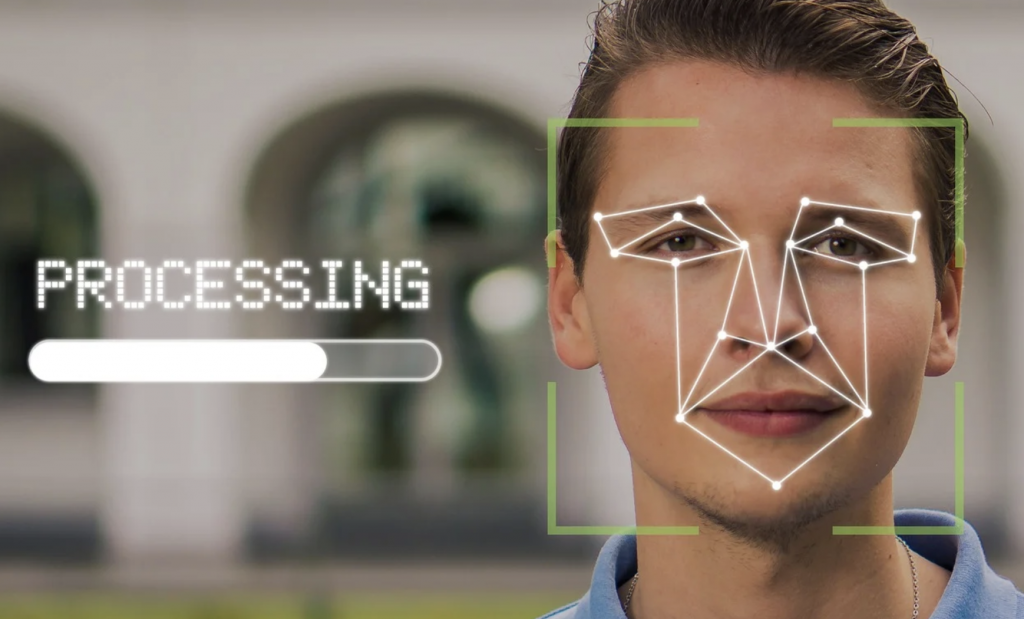Digital Imaging Is Revealing History From Over 30,000 Ago
Digital Imaging technology was used to recreate an Ancient Egyptian man's face who was thought to have lived 35,000 years ago.
This article is more than 2 years old

Experts in digital imaging have made an exciting discovery. The team of experts used the technique to reconstruct an Egyptian man’s facial features that are thought to live in Ancient Egypt over 35,000 years ago. The team of two experts started the recreation process by using the skeleton of a man found during an archaeological dig in Egypt. From there, they were able to re-create the man’s facial features.
From digital imaging, they could create a detailed picture of what the man looked like during Ancient Egypt, which is just amazing. This fossil was discovered in Egypt during a 1980 excavation of the Nile Valley.
Later an examination by anthropologists determined that this fossil was a male Egyptian native and a man of African ancestry. They approximated that he was between the age of seventeen and twenty-nine when he died. Also, anthropologists determined that the man was only five foot three inches tall.
To recreate the skull for digital imaging, experts used a process known as facial approximation to help recreate the main feature found in a human skeletal head. The experts used everything they had learned from a study on human evolution using fossil replicas. The videos that were taken on-site in Egypt had photos extracted from them. These images were used to complete the photogrammetry of the fossil’s skull.
Photogrammetry is a digital imaging process where experts extract the information they need from photos to complete a skeletal reconstruction. This is the process the two experts used when recreating the Egyptian man’s face. Many anthropological and archaeological experts have used this digital imaging to show how humans evolved.
This isn’t the first ancient reconstruction completed as another team of researchers conducted a 3D reconstruction of a Nabataean woman based on skeletal remains that were discovered in 2015 during an excavation of a 2,000-year-old tomb in Saudi Arabia. They worked with experts in the forensic field to create the image. They believe that there is a high probability that the woman looks like the image they created.
This digital imaging that was created to picture the Egyptian man will be on display at an exhibition in the future. The images were also published in many publications such as OrtogOnline, last month. This is an essential finding for human evolution and learning about how far the human race has developed.
From the digital imaging, it is evident that most of the facial features are still the same, even if the ancient man had a slightly more prominent jawline. If the 3,000-year-old man were integrated into human life today, he would blend in seamlessly.
It is incredible the thing that can be completed using technology today. From digital imaging, experts will be able to find out more about our history than we ever knew before. It is excellent to use this exciting and creative technology for knowledge purposes. Museums and other historical institutions can use digital imaging of people’s faces to really grab people’s attention and get them more interested in historical events and learning more about where we came from.



